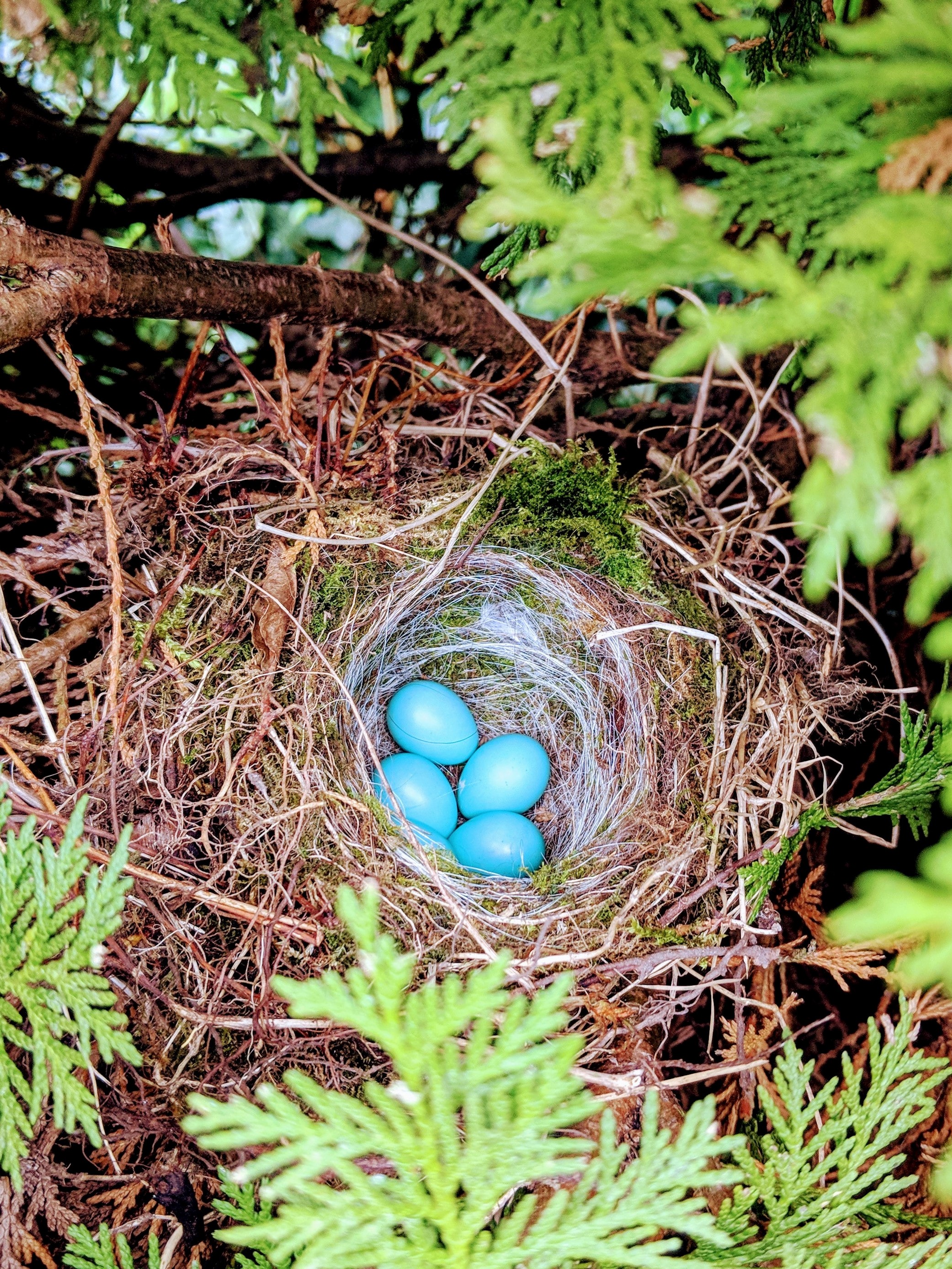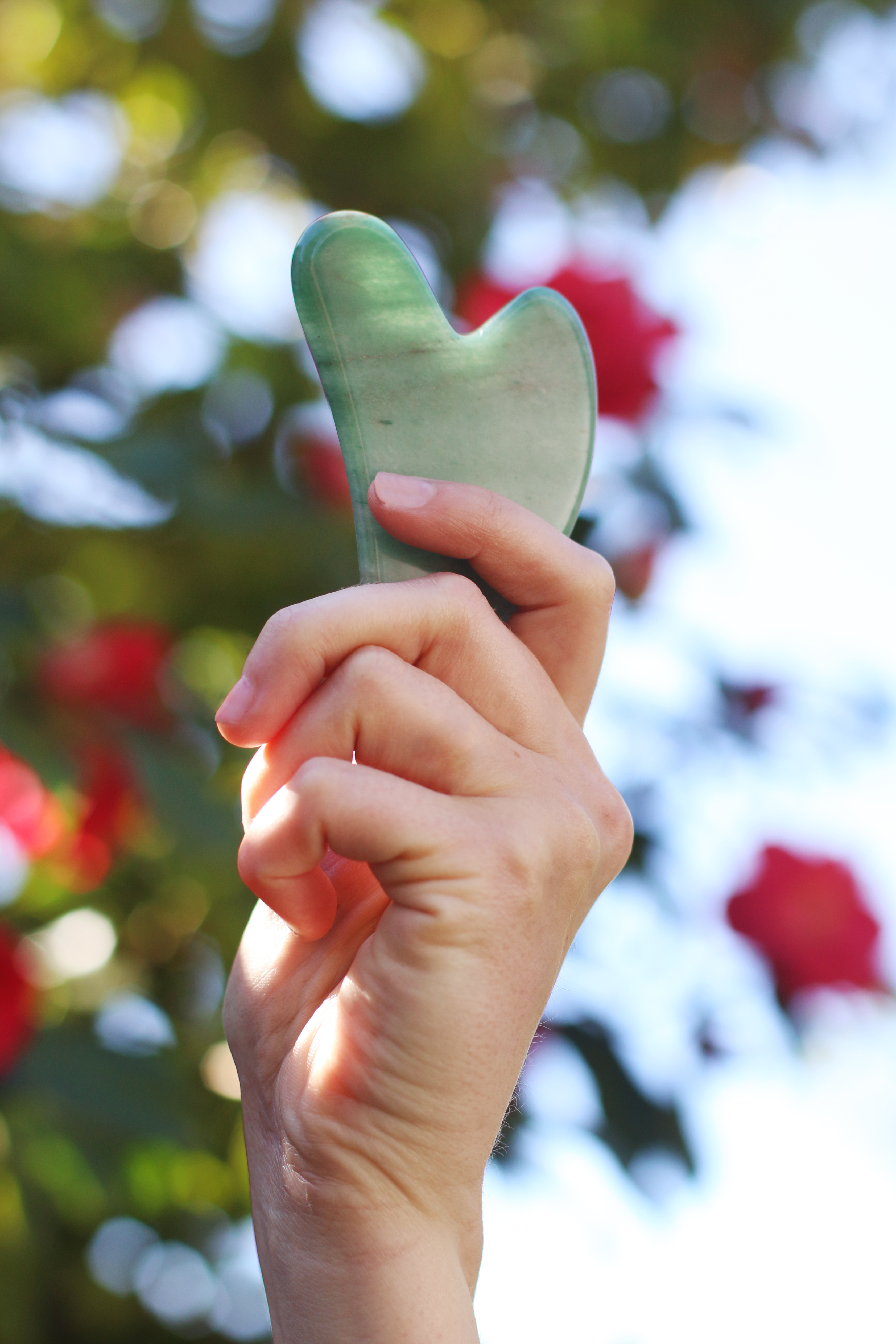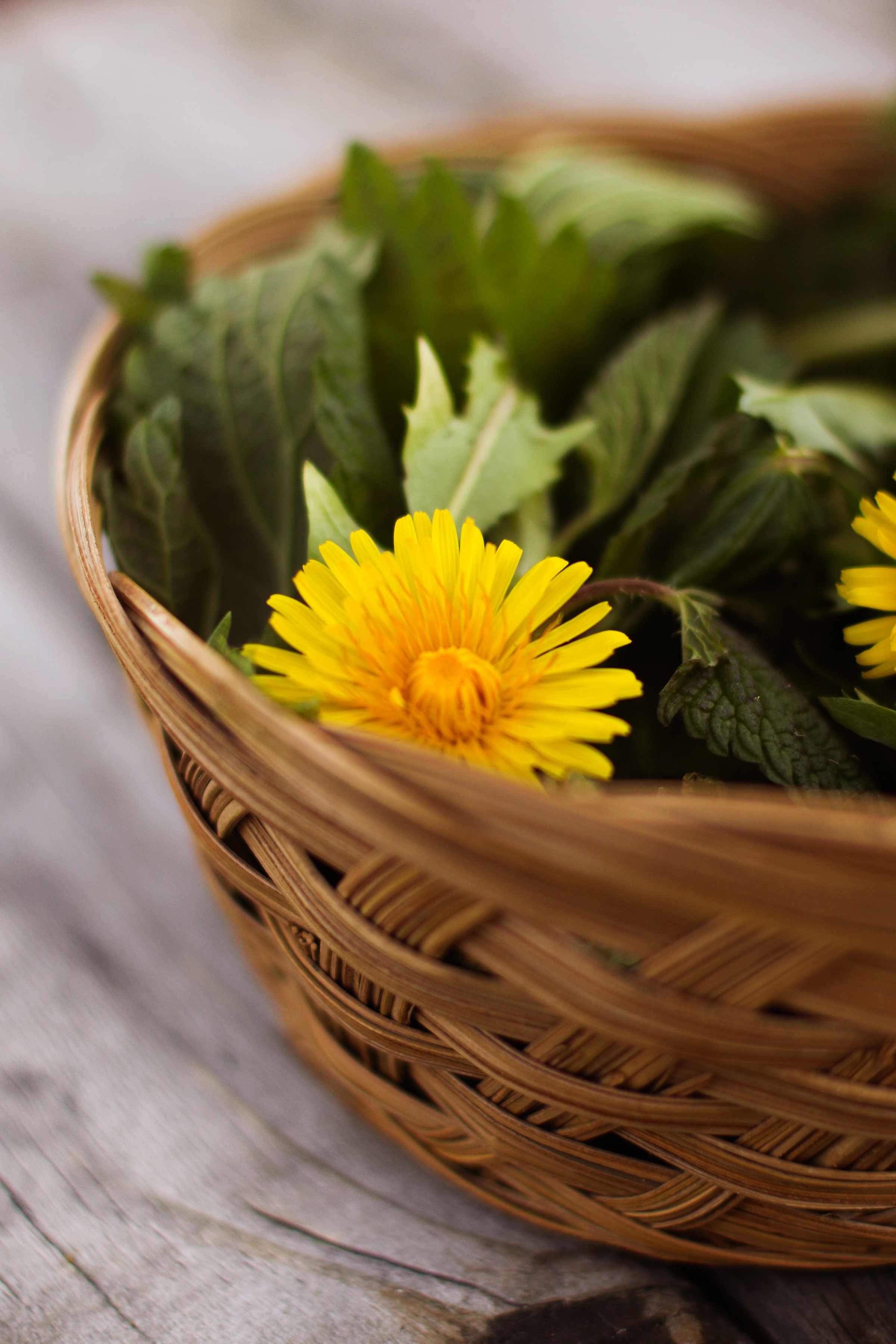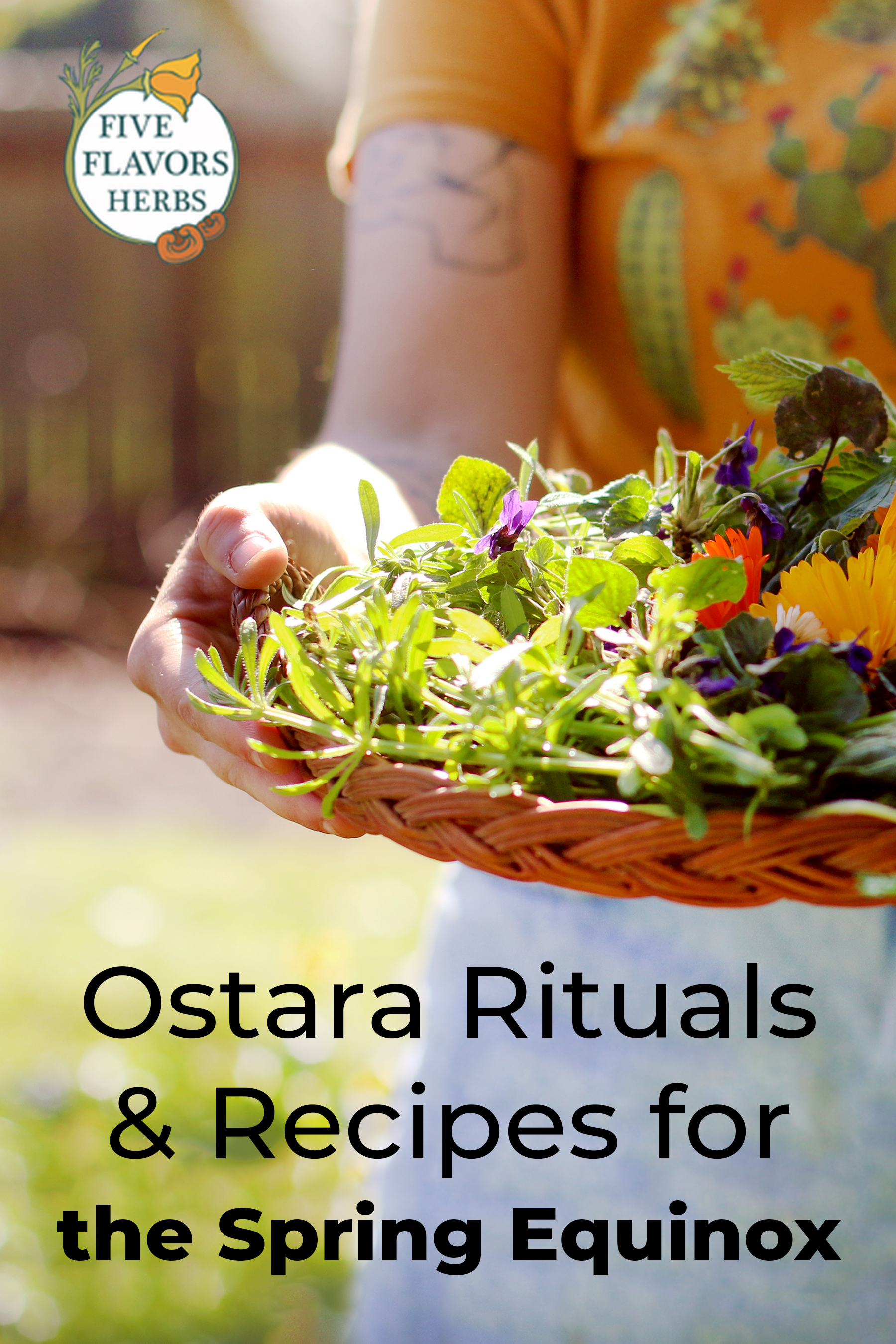The vernal equinox, also called Ostara, is a time to invite equilibrium and renewal into the mind, body, and spirit. Day and night are equal length, and each day after is longer than the one before. After winter's coldness, scarcity, and stagnation, spring’s invigorating energy inspires us with brightening days, blossoming abundance, and uncontainable movement.
Ostara also marks the beginning of the astrological new year, a prime opportunity to start new projects and patterns. New endeavors take root more easily during this time of fertility and blooming, making it ideal for adopting nourishing self care habits to fortify our health and resolve for productivity in the months ahead.
Spring’s sense of renewal and activity inspires many of us to explore spring wellness practices that promote physical and emotional detoxification, using diet, exercise, and massage to release old energy and unblock the lymphatic system. By understanding and working with the energies of the season, we can use meaningful herbs, nutrition, and daily rituals to harmonize all aspects of the self and recalibrate the body for optimal wellbeing.
Astrological Insights for Spring
We are entering into Aries season (March 20th through April 19th), which also marks the beginning of the astrological new year. Aries is courageous, fierce, impulsive, and enthusiastic. It also represents naivety and is similar to children without inhibitions, ready to take on anything life throws their way. This sign embodies the marriage of the planet Mars and the element Fire. Aries is the energy of Ostara, and by working with Mars and Fire, you can intentionally invite more drive, motivation, action, and passion into your life. Spring ritual herbs to channel the energy of Mars include:
- Nettle
- Honeysuckle
- Ginger
- Calendula
In medical astrology (a branch of astrology that relates body parts, ailments, and herbal medicine to the planets and zodiac signs), the lymphatic system is associated with the moon. The moon oversees the movements of the body’s fluids, which also include saliva and blood. By working with herbs associated with the moon, you can bring these significant bodily processes back into healthy motion after periods of stagnation (like winter). Spring herbs associated with the moon include:
- Violet
- Cleavers
- Jasmine
- Mugwort
Spring Holidays, Folklore & Symbols
SPRING CELEBRATIONS
The vernal equinox is celebrated by different cultures in different ways. Many Western traditions are rooted in early Germanic folklore. The holiday Ostara is named after the Anglo-Saxon goddess of fertility, spring, renewal, and fruitfulness. She is often associated with rabbits, eggs, and the full moon. In Old English, the spring goddess was called “Eostre.”
Eostre was later adopted by the Christian Church as the name for the resurrection feast of Easter, which makes use of many symbols from Ostara celebrations. While it does not fall on the first day of spring itself, Easter is directly linked to this seasonal transition in an interesting way. Easter’s date is set using the Jewish lunar calendar and is celebrated on the first full moon after the spring equinox. As such, Easter and the Jewish spring feast of Passover (in which the spring flavor “bitter” plays an important role) embody two aspects of spring’s astrology, taking into account the equinox and the moon.
Other cultural vernal equinox celebrations share some of Ostara’s themes, if not its origins. In Iran, the beginning of spring also marks the beginning of the Persian new year, called Nowruz. During this secular holiday, friends and family gather together for celebratory feasts (featuring many dishes with eggs and fresh green herbs), with spring cleaning rituals for a fresh start beginning weeks in advance. In India, the Holi festival of colors marks the triumph of good over evil symbolized by the end of winter and the beginning of spring.
SYMBOLS OF SPRING
Certain vernal equinox themes are shared by many cultures across the globe. Spring celebrations often make abundant use of eggs in foods, decorations, and other traditions. Eggs and seeds (their plant equivalent) embody the potential for new life and opportunities. In spring, the world is fertile and poised on the threshold of abundance. Seeds are sown or sprouting, and many animals are carrying or birthing the next generation. In some cultures, the egg is seen as the vessel in which the entire universe resides.
Eggs are a perfect balance of dark and light, masculine and feminine. They are an excellent reminder to take notice of areas in your life that may be out of balance and work toward bringing them into alignment. Unfortunately, the old story that you can actually balance an egg on the spring equinox due to equalized gravitational forces is sadly a myth.
Another common spring character is the rabbit or hare. These animals were sacred to the goddess Ostara, who in some legends also possesses the ability to transform into a hare at night. The hare and the moon have long been linked. In ancient China, the spot on the moon was believed to be a white rabbit, placed there by the moon goddess Chang’e. Other early peoples believed that both the hare and the moon died every morning (when they disappeared from human sight into borrows or the horizon) and were resurrected every evening. As such, they are also symbols of spring rebirth and immortality.
Rabbits also epitomize spring’s fertility in their famous ability to multiply quickly. They can also get a bit crazy during mating season, and their exuberant bouncing and other erratic-looking behaviors during this time gave rise to the phrase “mad as a March hare.”
Spring Cleansing for Liver, Sinus & Lymphatic Health
Spring’s fresh start spirit invites us to cleanse the body by tending to the liver, lymphatic system, and sinuses, which function together to impact our overall wellness.
The liver is a major organ that processes many of the toxins we are exposed to each day, such as BPA, pesticides, air pollutants, flame retardants, and phthalates. These harmful substances affect the entire body and can contribute to a slew of health concerns, especially allergic reactions. Taking bitter herbs, which are associated with spring in both Western herbalism and Traditional Chinese medicine, can help facilitate digestion and liver detoxification. Many of these herbs are freshly available in spring (see the list below). You can also give your liver added support in the spring and year-round with milk thistle supplements.
The lymphatic system cleanses the muscles, tissues, and organs of the body by carrying away metabolic waste such as water, glucose, salts, proteins, fats, and cellular debris. It also creates lymphocytes in its nodes, and these white blood cells scrub the body regularly to fight off pathogens and harmful infections. Lymphatic channels flow all through the body, with extra nodes around the neck, groin, breasts, and armpits.
Unlike other bodily processes, the lymphatic system does not have an automatic pump or drainage system that kicks in when needed. Instead, lymph moves through the body when we move, which is one of the reasons exercise is necessary for optimal health. Our lymphatic systems often become stagnant during the dormant winter months, which can contribute to allergies, colds, fatigue, and other complaints related to a buildup of toxins. Getting outside for some physical activity is an excellent way to flush out lymph blockages (and can help overcome the winter blues as well). Another option is massage focused on lymphatic drainage, which can be done by a professional or by yourself with the help of a gua sha massage stone.
Supporting the liver and moving the lymph can help prepare the body for one of spring’s most unpopular features: allergy season. Cleansing the liver and lymphatic system recharges the immune system, readying it to react better to the pollen released in the air. Herbs like nettle and baikal skullcap (found in our Clear Passage sinus tincture) offer additional histamine support to relieve seasonal aggravations like runny nose, sinus pressure, watery eyes, and more.
7 Herbs for the Spring Equinox
Many of the herbs that sprout up during spring (including the so-called "weeds") have medicinal and magical properties we can use for optimal health and spiritual support. Here are a few of our favorites for pollen season relief, liver cleansing, and lymph movement.
1. Nettle: In folklore, nettle has been utilized magically for protection, clearing negativity, and in a cleansing bath to burn away vibrations that are not serving you. Nettle naturally stings, so it’s important to be careful when handling it (definitely blanch, sautee, or pulverize it before eating!). According to Traditional Chinese Medicine, this plant is warming and drying and helps to clear out damp cold after the stagnation of winter. Nutrient-rich nettles help to build blood and support iron levels, support a healthy histamine response, and flush excess water through the urinary tract to facilitate detoxification and fight bloat.
2. Chickweed: This tasty “weed” boasts star-like blue flowers that give it its botanical name, Stellaria. In European folklore, carrying a sprig of chickweed was thought to increase the chance of meeting a lover and promote fidelity. Filled with vitamins and minerals, chickweed makes a great addition to topical creams and poultices for rashes and itchy skin. This herb also encourages lymph flow, supports the sinuses, and combats respiratory ailments.
3. Violet: Violets are useful in love spells and help bring inspiration, insight, and feminine energy into our lives. Medicinally, they support the immune system with vitamins A and C and by moving lymph through the body. Violets are anti-inflammatory and used topically for optimal breast health.
4. Cleavers: Energetically, cleavers help remove blockages and obstacles in your path, and they may also be incorporated into ceremonies to strengthen a union and commitment. Medicinally, this herb is an ideal lymphatic and diuretic that helps transform fluids. Cleavers support detoxification and may reduce kidney inflammation.
5. Calendula: This herb is optimistic and full of vitality with sunny yellow and orange flowers. Calendula attracts success in all areas, especially for health. It brings light into our lives and is often used to bring comfort after a family member has passed. Medicinally, calendula is most often used topically to calm and nourish skin, and internally for its powerful vulnerary, lymphatic, and anti-fungal properties. It can also be a useful and soothing digestive remedy.
6. Dandelion: This weed grows in many places and is chock-full of nutrients. People often blow to disperse the seeds and make a wish to bring good fortune. This plant can also nurture dream insights and financial abundance. Medicinally, the leaf is vitamin-rich and a diuretic that supports the kidneys, liver, and heart. The root is bitter and especially protective for liver conditions. Dandelion can also help the body detox and rid itself of excess hormones, which can help with acne and other skin conditions.
7. Honeysuckle: Magically, this plant has a sweet and pleasant aroma that is known to help attract a lover, and it is also said to increase energy and gently ward off negativity. Medicinally, honeysuckle clears and detoxifies heat from the body, lowers inflammation, supports immune health, and is a lymphatic.
Wild Greens Dandelion & Nettle Pesto
This delicious medicinal spring pesto with nettles, dandelion, and cilantro as the base is sure to liven up your favorite dishes. Its ingredients are wonderful for nourishing and detoxifying the body so you can stay healthy in the season ahead! (Please remember not to overharvest, and make sure your nettles and dandelions are not from an area sprayed with harmful chemicals.)
Ingredients
- 2 cups fresh nettles, leaf and stem (harvest with gloves to avoid stings!)
- 1 cup fresh dandelion leaves
- 1 cup fresh cilantro
- 3 Tbsp. toasted pumpkin seeds
- 6 cloves roughly chopped garlic
- 3 Tbsp. lemon juice
- Salt and pepper, to taste
- ½ cup olive oil (or more, as needed)
Directions
- Fill a large stock pot half-way with water and bring to a boil.
- Use tongs or gloved hands to add nettles and dandelion leaves to pot, then boil 1 to 2 minutes to blanch.
- Using tongs, remove the herbs from water and transfer to an ice bath. Once cooled, remove and dry well by patting with a towel.
- Transfer blanched nettles and dandelions to a food processor, then add cilantro, pumpkin seeds, garlic, lemon juice, salt, pepper, and oil and blend until everything is well mixed, but not totally smooth (to keep a nice texture). Add more oil to achieve this, if needed.
- Pour over pasta, eggs, meat, or any dish you crave!
WANT MORE SPRING HEALTH TIPS?
FIGHT CONGESTION WITH A NETI POT!
You might also enjoy:
Written by Jules Benefico: Jules is a Clinical Western Herbalist and the Online Marketing Content Creator at Five Flavors Herbs. She studies medical astrology, western alchemy, and clinical nutrition and infuses this into her herbal practice.






